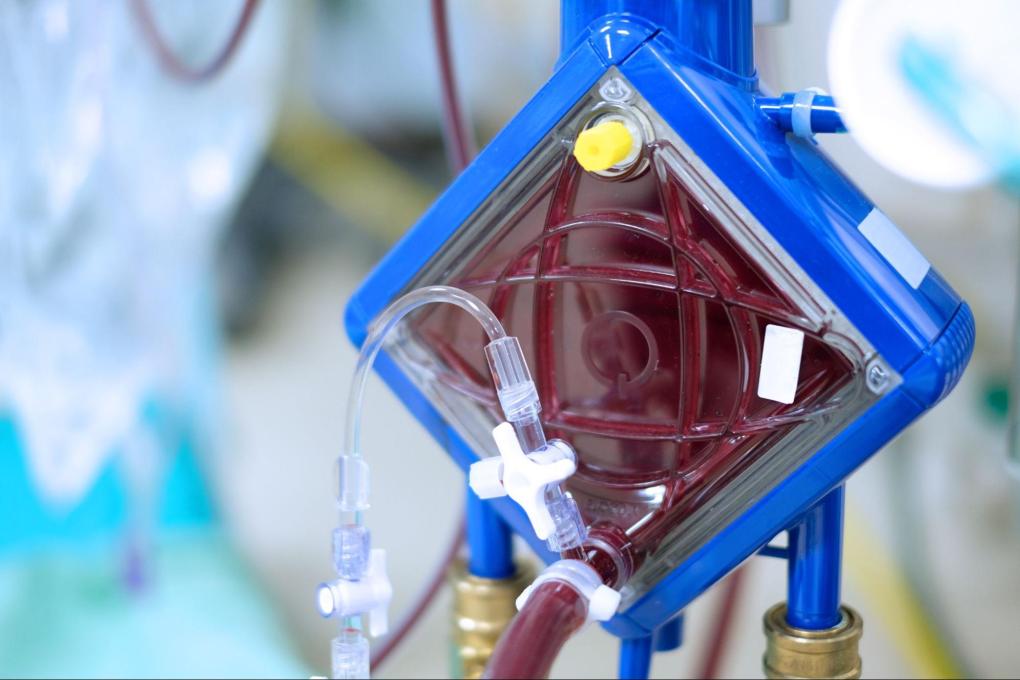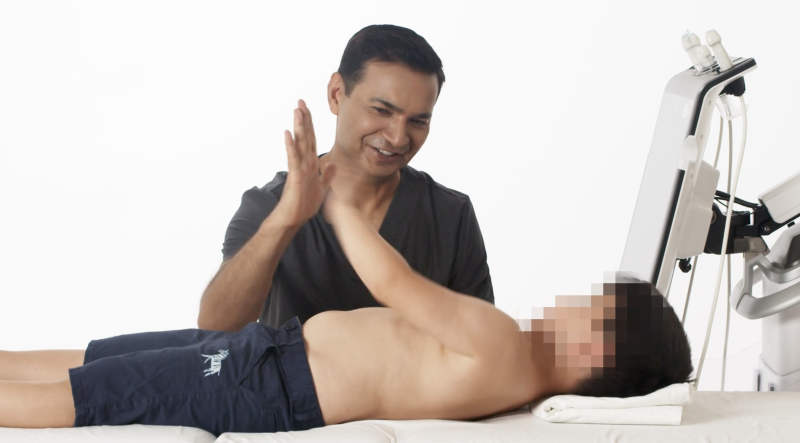Neonatal Care Cases – Part 2
Can you answer those two quiz questions? Keep on reading for an interesting case of a term infant who contracted a Covid-19 infection shortly after birth and the solutions!
1. What can you observe in the sagittal and coronal views below? (To give you a hint - 3 out of 5 are correct)
A) Hydrocephalus
B) Intraventricular hemorrhage
C) Epidural hemorrhage
D) Midline shift
E) Intraparenchymal hemorrhage
Neonatal Brain Ultrasound
Here is a case of a term infant who contracted a Covid-19 infection shortly after birth and who had to be treated for respiratory failure with extracorporeal membrane oxygenation. Only a few days after starting ECMO therapy the infant showed seizure activities. You take your POCUS machine to scan the infant's brain.
2. What are risk factors for intracranial bleedings in neonates?
A) Prematurity
B) Anticoagulation
C) Neonatal jaundice
D) Maternal age
Here is an overview of all types of intra- and extracranial hemorrhage, with IVH being the most common type. It is even more common in preterm or very low birth weight infants due to the fragility of blood vessels in the developing brain.

Solution for question 1
B) Intraventricular hemorrhage, D) Midline shift, and E) Intraparenchymal hemorrhage, are correct.
Explanation: In this infant you can observe hemorrhage in 3 different locations: In the ventricles, in the parenchyma and extra-axial, which means outside the brain but still intracranially. The bleeding is causing a mass effect resulting in a midline shift - So B), D) and E) are correct. The extra-axial hemorrhage is not among the answer options.
Solution for question 2
A) Prematurity, and B) Anticoagulation, are correct.
Explanation: Neonatal jaundice is not associated with a higher risk of intracranial bleeding and also there is no direct impact of maternal age known. Prematurity increases the risk for intracranial hemorrhage as the blood vessel may be developed insufficiently in preterm neonates. Anticoagulation is rarely used in neonates but in this case examples the patient had to be treated with ECMO which is why anticoagulation is needed.
We hope you could learn something new through this case! It was originally collected by our speaker Sasha Gordon, Pediatric Ultrasonographer and POCUS Ultrasound Educator in pediatrics.
Want to see even more cases like this and learn how to perform neonatal ultrasound? Then you should get our Neonatal & Pediatric Ultrasound BachelorClass now! Currently available for a great offer discount of -40% on all access times – until August 31st! Don't hesitate and get your course now!





